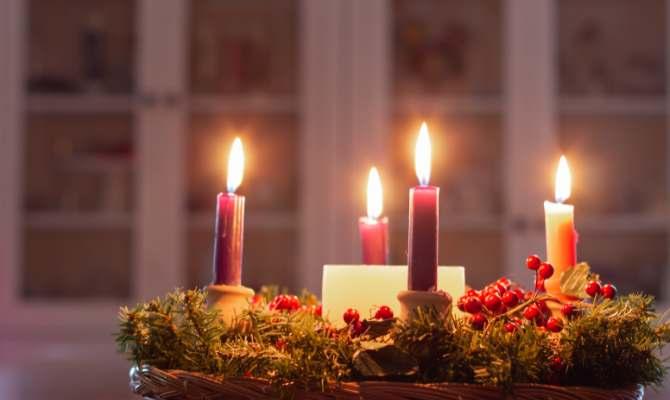The history of Christmas has a long pagan tradition that is thought to have begun with celebrations at the end of December at the time of the winter solstice (in the northern hemisphere). It is known that several people held parties during the winter solstice, such as the celebrations held in the Roman Empire in honor of the Sun, which took place precisely on December 25th and were called Dies Natalis Solis Invicti.
Another pagan festival that contributed to the symbology of Christmas, namely with the introduction of the Christmas tree, was Yule. This festival, led by the Nordic peoples, was intended to honor the winter solstice.
The first mention of December 25 as the date of Christ's birth was in 354 AD. Only in the fourth century, Pope Julius I fixed the date of birth of Jesus Christ. The word Christmas is derived from the Latin nātālis and the verb nāscor which means to be born. In 449, Pope Leo I made December 25th official to commemorate the birth of Jesus as one of the main feasts of the Catholic Church. In 529, Emperor Justinian declared the date an official holiday of the empire. It is also thought that it was at this time that Sunday was chosen as the Lord's Day, as Jesus was resurrected on the first day of the week. Sunday, the Lord's Day, was declared an obligatory day of rest.
Christmas Symbols
Over time, Christmas has become, in addition to a typically religious festival with its own symbolism, such as the nativity scene, created by San Francisco de Assis in the Middle Ages. It is a representation of the setting in which Jesus was born.
The first reference to a Christmas Tree dates back to 1510, in Lithuania, and is attributed to Luther, author of the Protestant Reformation. The tree was decorated with candles and a star on top.
The tradition of giving gifts is strongly linked to the visit of the wise men to the Baby Jesus and the offerings. Belchior offered gold to represent the nobility of Jesus. Gaspar gave incense, representing the divinity of Jesus. Balthazar offered myrrh, a bitter herb, to symbolize the suffering that Jesus would face.


The Advent Wreath
The advent wreath is made with green branches and can be decorated with colored ribbons and four candles are placed in it. Every Sunday of Advent, a candle is lit. At Christmas a fifth white candle can be added until the end of the Christmas season. This wreath originates from the Nordic countries and contains universal symbolic roots: light as salvation, green as life and the round shape as eternity.
The Christmas trunk symbolically represents the Tree of Life and the salvation brought by Christ.
Santa Claus
The figure of Santa Claus is inspired by the life of Saint Nicholas and the various legends that have been created around the miracles attributed to him.
Saint Nicholas was born at the end of the 3rd century in Turkey and his life was dedicated to spreading Christianity. Several miracles are attributed to him. São Nicolau is considered the patron saint of sailors, travelers, single girls and children. According to a legend, São Nicolau always returned on December 6th and, during the night, secretly distributed gifts to all the children. Saint Nicholas is still revered today in many Western countries with a Protestant tradition, as the great giver of gifts. For unknown reasons, the feast of Saint Nicholas, celebrated on the date of his death on the 6th of December, and the date of the celebration of the birth of Christ began to be confused and both began to be celebrated on the 25th of December.

Today, a little all over the world, the 25th of December is celebrated today by millions of Christians and but also by many non-Christians. This Christmas celebrate the season you want peace and love.
